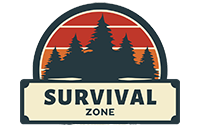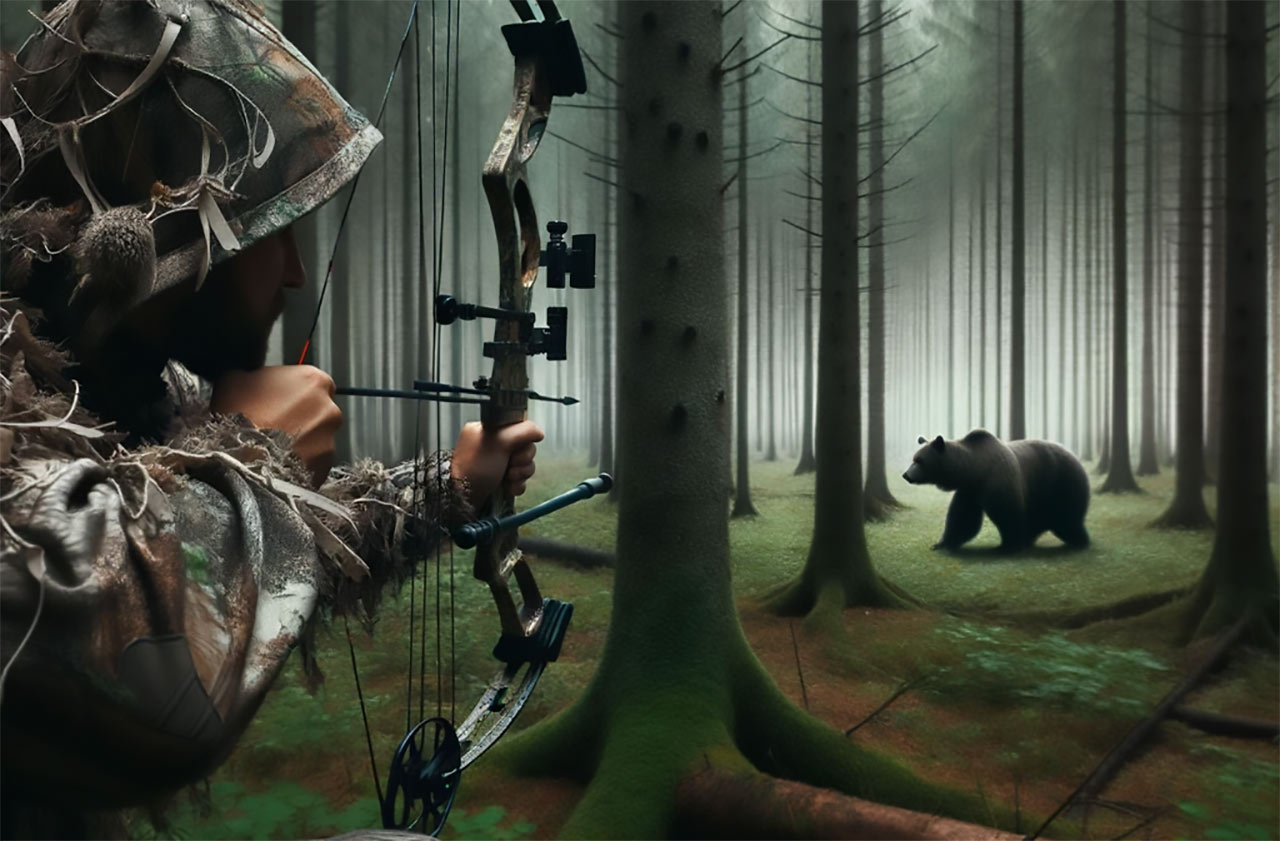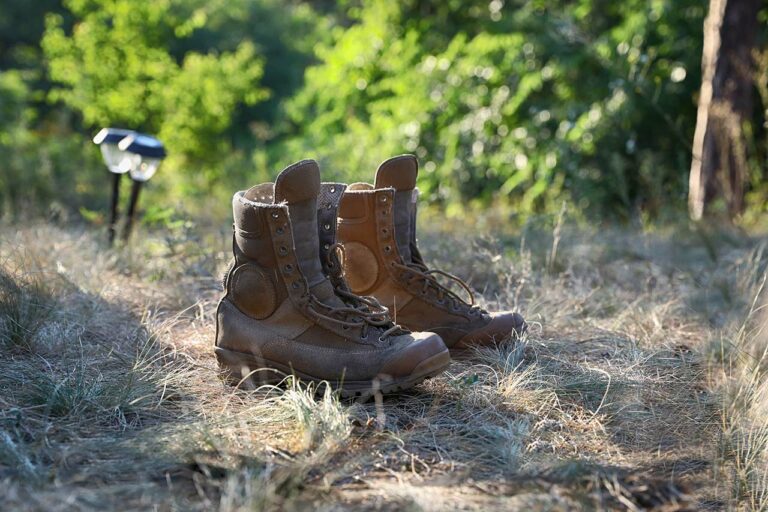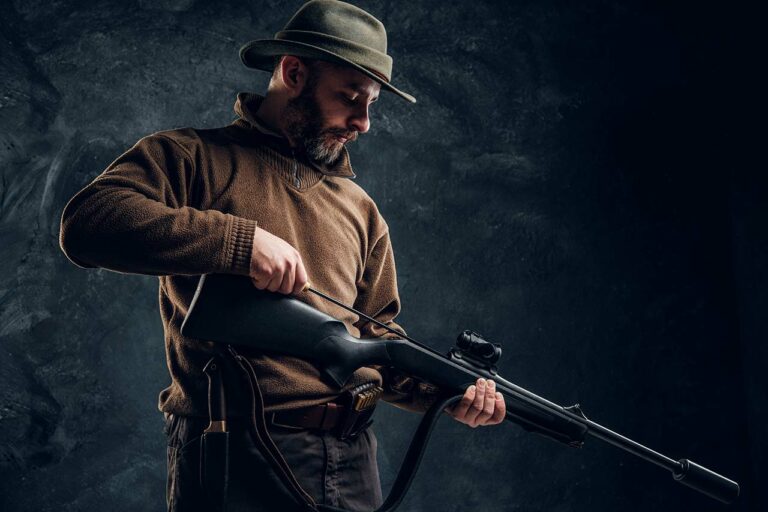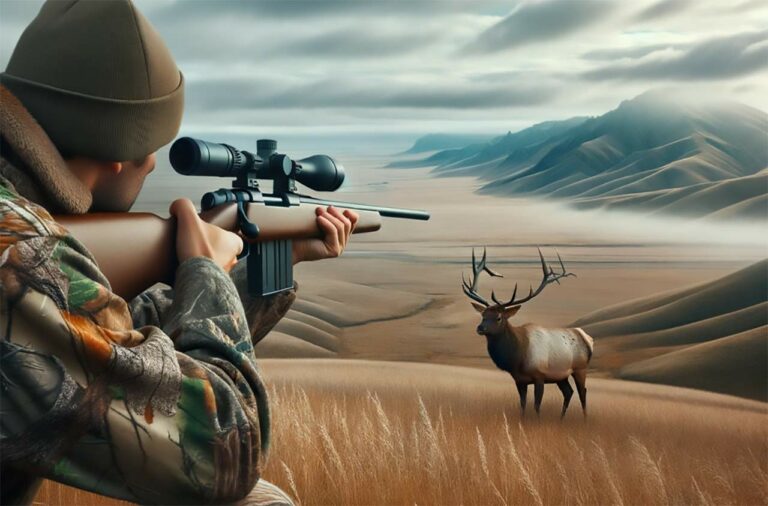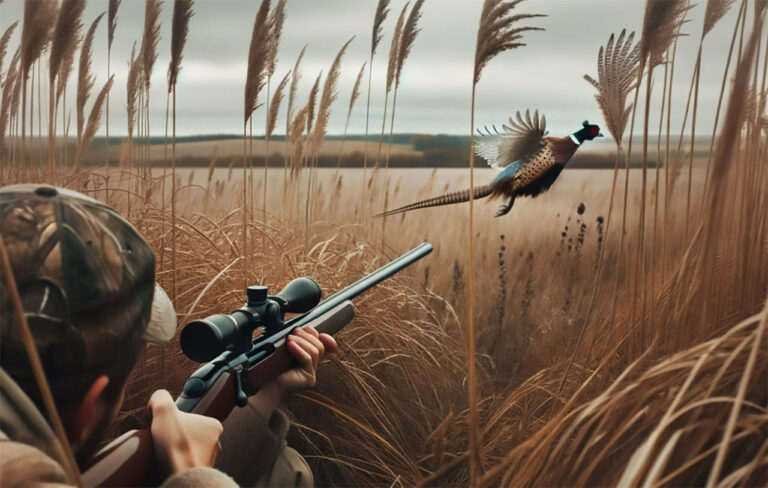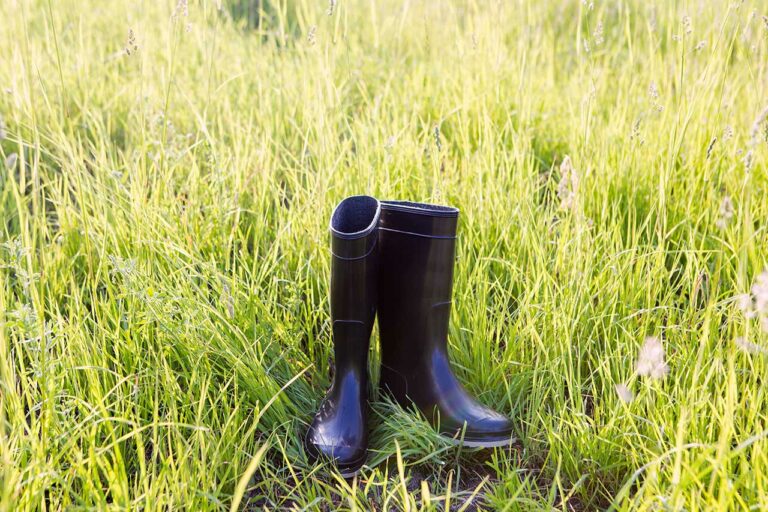Can You Kill A Bear With A Bow? (What To Know)
Can you kill a bear with a bow? It sounds like crazy question. A tiny little bow, a big ole bear, how can the two possibly compete?
Bears are notorious for their tenacity and strength, making them a formidable opponent for any hunter. When hunting bear with a bow, there’s absolutely no room for error; a misplaced shot could result in a dangerous, wounded animal that’s difficult to track. So, it’s crucial to understand the anatomy of a bear and the importance of shot placement, to minimize the risk of injury and maximize the chances for success.
The choice of bow weight, arrow diameter, and broadhead design will ultimately determine your effectiveness in the field. Ready to find out if bowhunting for bears is an achievable goal and if it’s the right method for you? Let’s do it.
Bow Hunting Basics
Understanding Archery Tackle
When it comes to bow hunting bears, choosing the right archery tackle is essential. The bow you use needs to have enough draw weight and power to penetrate a bear’s thick hide and provide a lethal shot. Your arrows should be of high quality and feature broadheads specifically designed for hunting large game, like bears. This is absolutely essential. If you’re going to hunt a bear with a bow, you need a strong enough bow to actually take a bear down.
Training for Bear Hunting
Proper training is another crucial factor in successfully and ethically hunting bears with a bow. Start by working on your accuracy and proficiency in shooting, as the lethal zone on a bear is smaller than that of other big game animals. Practicing your shooting technique regularly is a must. In addition to accuracy, physical fitness is important for stalking and getting into position for the best shot. Strength training, cardio, and flexibility exercises will benefit you in the field.
Mental Aspects of Bow Hunting
Bear hunting with a bow will test your mental strength, patience, and quick decision-making skills. Here are some mental aspects to consider and work on:
- Patience: Bow hunting requires getting closer to the prey, and this often involves long hours of waiting and stalking. Patience will pay off when the moment of truth arrives.
- Confidence: Believe in your shooting abilities and trust your instincts when making split-second decisions.
- Situational Awareness: Keep safety in mind at all times. Be mindful of your surroundings and of the bear’s behavior to avoid putting yourself or the animal in danger.
- Ethical Hunting: Respect the animal and ensure that you only take shots with a high probability of success, avoiding unnecessary injury to the bear.
Once you have a solid grasp of the bow hunting basics, including archery tackle, mental aspects, and training, you’ll be well on your way to a successful bear hunting experience with a bow.
Equipment for Bear Hunting
Choosing the Right Bow
Traditional bows (like longbows and recurves) and compound bows can both be successful in a bear-hunting endeavor. Each bow has its advantages, so it’s a good idea to practice with both to see which one you think you handle better. (It’s really good to have a bow you handle well when you’re hunting a bear.)
Traditional bows are straightforward and have been used for centuries. They require more skill to use effectively, but once you’ve mastered them, they provide great satisfaction and a good bear-hunting tool.
Compound bows are more technologically advanced, offering better accuracy and speed, making them more suitable for less experienced hunters.
When choosing the bow, consider the draw weight. It’s necessary to have a bow with a minimum draw weight of at least 50 pounds for effectively hunting bears. But a draw weight between 60-70 pounds is recommended for more efficient shots.
Understanding Broadheads and Arrows
Aside from your bow, your arrows and broadheads are vital components of your bear hunting setup. Here’s what to consider when selecting them.
- Arrow material: Common arrow materials include aluminum, carbon, and fiberglass. Aluminum arrows are generally more accurate, while carbon ones are lightweight and provide more speed. Fiberglass arrows are durable but less commonly used for big game like bears.
- Arrow diameter: A larger diameter arrow tends to have more kinetic energy, which can help in penetration. However, bigger is not always better, as a too-large diameter can slow the arrow down and reduce its effective range.
- Broadhead type: Hunting bears require a sharp and sturdy broadhead. Two main types of broadheads are mechanical and fixed-blade. Mechanical broadheads offer better flight characteristics and a larger cutting diameter, but may be less reliable in penetrating the thick hide and bones of bears. Fixed-blade broadheads are more durable and provide consistent penetration but may not fly as accurately at longer distances.
- Hunting point: Stone-tipped arrows may have historical appeal, but their effectiveness is limited compared to modern broadheads. Choose a hunting point with a cutting diameter of at least one inch to penetrate the bear’s tough hide and vitals effectively.
Understanding Shot Placement
When hunting bears with a bow, proper shot placement is crucial for a quick, humane kill. So, let’s talk about where to aim on a bear’s body and the importance of shot placement.
Where to Aim on a Bear
When targeting a bear, aim for the “middle of the middle” of the bear’s body. This means aiming at the exact center of the body, ideally hitting the heart and lungs for a double-lung shot. It’s important to wait for the ideal shot position, which is usually a broadside or quartering away shot. A frontal shot is riskier and should only be attempted if you’re confident in your accuracy and the bear is presenting no other shot options.
Bears often present a good quartering away shot, in which case you should aim for the opposite shoulder on the bear. This ensures the arrow penetrates the chest cavity, puncturing both lungs and potentially the heart.
Importance of Shot Placement When Hunting a Bear
Proper shot placement is critical for several reasons:
- Humane kills: Accurate shot placement in the vital organs ensures a quick death, minimizing the animal’s suffering.
- Better tracking and recovery: A bear that’s hit in the vitals will leave a blood trail, making it easier to track and recover. The animal will also expire more quickly, minimizing the risk of losing it in the wilderness.
- Reduced risk of wounding: Poor shot placement could result in a wounded bear, which can be dangerous to both the animal and the hunter. Proper shot placement minimizes the probability of wounding.
Keep these factors in mind when hunting bears with a bow. Be patient and wait for the right shot opportunity to present itself. Always prioritize accuracy and proper shot placement to ensure a successful and ethical hunt.
Frequently Asked Questions
Where is the best shot placement for a bear with a bow?
To ensure a quick and humane kill, it’s crucial to understand where to aim on a bear. The critical areas to target are:
- The heart and lungs: Ideally from the broadside. Aim for the middle of the chest, just behind the shoulder. This will maximize the chances of hitting vital organs.
- The neck: A well-placed shot in the neck can lead to a quick kill, but it’s a smaller target and requires excellent accuracy. It has more chance of wounding the bear, resulting in a dangerous situation.
Remember, practice makes perfect. Do your homework, and always strive for clean, responsible shots.
How powerful should a bow be to take down a bear?
The power of a bow needed to take down a bear will depend on the specific type of bear you’re hunting. Generally speaking, it’s recommended that your bow has a minimum draw weight of 50 to 60 pounds for black bears and 70 pounds for larger bears such as grizzlies and brown bears. However, shot placement is equally critical, so make sure you have a well-practiced aim with your chosen bow.
Is it legal to hunt bears with a bow?
Laws regarding bear hunting with a bow vary by location. In general, it’s legal to hunt bears with a bow, but specific regulations can change based on factors like hunting seasons, permits, and designated hunting areas. Always consult local laws and wildlife agencies to ensure you are hunting legally and responsibly.
Are traditional bows effective for bear hunting?
While modern compound bows offer ease of use and increased accuracy, traditional bows like recurve bows and longbows can still be effective for bear hunting, provided you have enough skill and experience. Some traditional bowhunters successfully take down bears with recurve bows. It’s critical to ensure that the bow is powerful enough for the target species and that the shot placement is precise. Any bow can be effective if used by a skilled archer with proper knowledge and respect for the animal.
